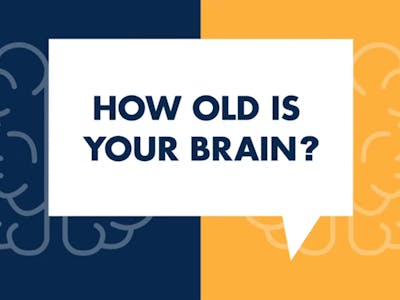A small but dedicated group called biohackers use a variety of tools and techniques to enhance their physical and mental performance. A significant aspect of biohacking is measuring and analyzing physiological parameters to understand how their bodies are aging at the cellular and organ levels. This information helps these individuals determine if the age of their organs differs from their biological age and guides them in making lifestyle changes, with the goal of slowing down the aging process.
The same techniques used by biohackers to assess organ age can also play a crucial role in the early detection of a number of diseases. By continuously monitoring markers such as blood glucose, lipid profiles, inflammation levels, and heart rate variability, individuals can identify deviations from normal ranges that may indicate the onset of conditions such as diabetes, heart disease, or metabolic syndrome. Imaging techniques, like MRIs and CT scans, can help detect early signs of organ dysfunction or tumors. Moreover, genetic testing can reveal predispositions to certain diseases, allowing for proactive monitoring and preventive measures.
In a recent development, a team led by researchers at Drexel University has demonstrated that it is now possible to assess the age of our most important organ of all — the brain. This has big implications for optimizing brain function, and also for the early detection of neurological disorders ranging from mild cognitive impairments to dementia and Parkinson’s disease. The hope is that by recognizing these problems are likely to occur in the future, before symptoms appear, physicians will be able to delay, or even prevent, their onset.
The researchers’ approach involves collecting measurements of brain activity, while the individual is at rest, using electroencephalography. Using this technique, electrical activity was recorded from a large number of individuals. This data was then paired with the biological age of each individual before being used to train a machine learning model. This produced an algorithm that can assess electroencephalogram data from an unknown individual and predict the most likely age of their brain.
This is not the first system that has been developed to estimate brain age. But in the past, an MRI scan was required for the estimation. These scans are very expensive, which has generally limited these tests to research projects conducted in laboratory settings. But given that electroencephalography is quite inexpensive, and the data can be collected by simply wearing a headset for a few minutes, it is hoped that this new approach will make brain age estimation much more accessible. In this work, the EMOTIV EPOC X headset was utilized, which costs about a thousand dollars.
Should large numbers of people undergo these tests, they could become a common screening tool for assessing overall brain health. And where brain age significantly exceeds biological age, health care providers could dig deeper in search of serious problems that may be lying in wait, allowing them to treat disorders before they get out of hand.Researchers have predicted brain age with AI (📷: Drexel University)
Capturing electroencephalogram data with a headset (📷: Drexel University)

